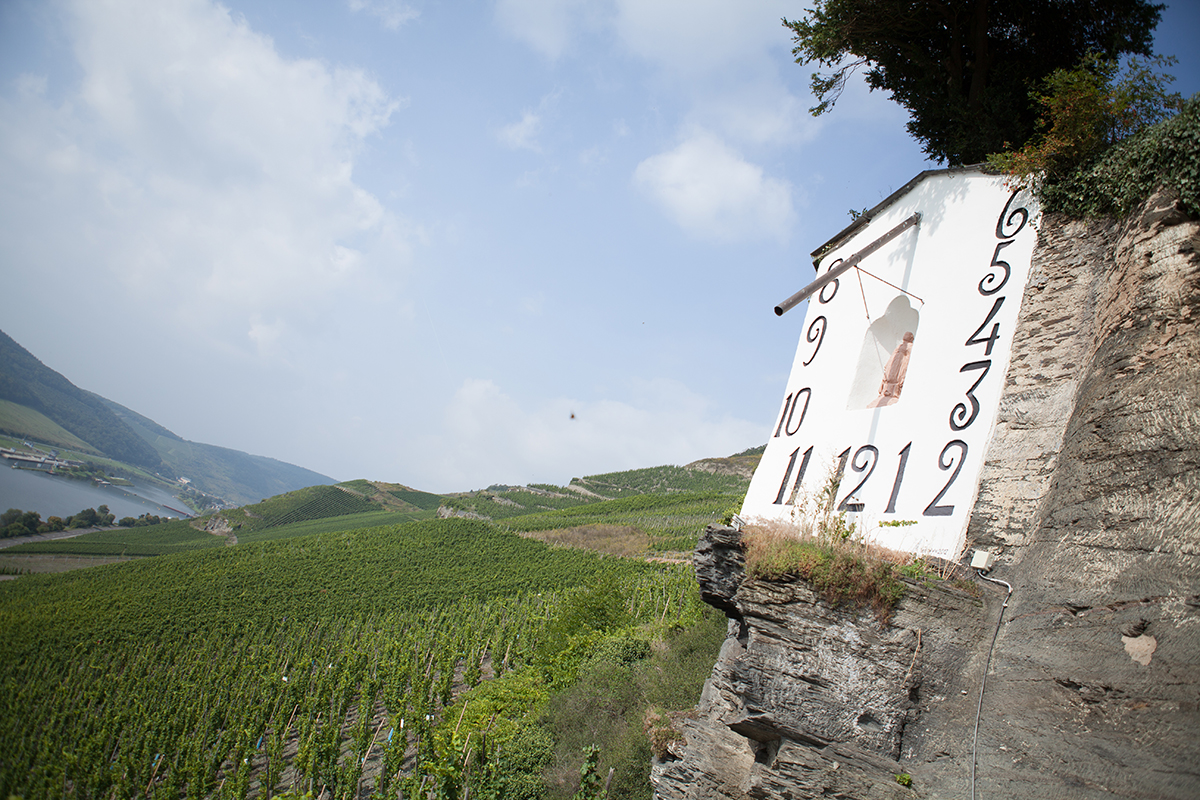Introduction
Regarded as the oldest wine-growing region in Germany, the Mosel is named for the serpentine river, along which the banks rise so sharply that the vineyards are among the steepest in the world. Some are planted at an astounding 70-degree gradient, such as the famed Bremmer Calmont site. On these inclines, nearly all vines have to be tended and all grapes have to be picked by hand.
Vineyards along the Mosel River and its tributaries, the Saar and the Ruwer, produce effervescent wines with a fragrance reminiscent of spring blossoms, a pale color, light body and a refreshing, fruity acidity.
Statistics
Major Towns: Koblenz, Cochem, Zell, Bernkastel, Piesport, Trier
Districts: 6
Collective Sites: 19
Individual Sites: 432
Vineyard Area: 8,798
Terroir
Climate
– One of the warmer climates in Germany thanks to its sheltered valley location
– Steep slate slopes retain heat
– River helps moderate climate
– Sufficient rainfall
– The moderate climate along the 50th degree of latitude creates an extremely long growing season
Soil
Clayish slate and greywacke in the lower Mosel Valley (northern section); Devonian slate in the steep sites and sandy, gravelly soil in the flatlands of the middle Mosel Valley; primarily shell-limestone (chalky soils) in the upper Mosel Valley (southern section, parallel with the border of Luxembourg).
Top soil types:
Slate
Greywacke
Limestone
Terrain
The Mosel Valley is a gorge the river carved between the Hunsrück and Eifel hills and the valleys of its tributaries, the Saar and Ruwer rivers. In the heart of the region lies Bernkastel-Kues, a popular vacation destination and historic center of winemaking culture.









